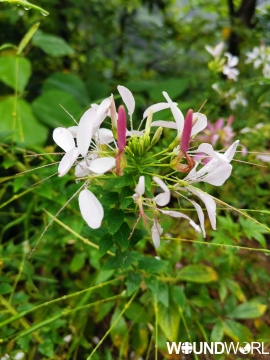
伤口世界
电子邮件地址: 该Email地址已收到反垃圾邮件插件保护。要显示它您需要在浏览器中启用JavaScript。
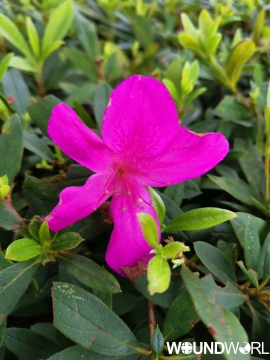
- 星期五, 01 11月 2019
UPFRONT WITH OSTOMIES Traveling with an Ostomy: Recommendations for Clinicians and their Patients
Authors
Keywords
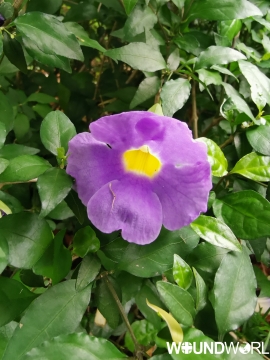
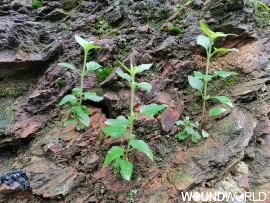
- 星期五, 01 11月 2019
CHILDREN WITH WOUNDS: ASKING THE RIGHT QUESTIONS Terrifying Rashes
Authors
Keywords
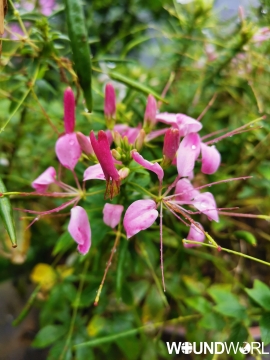
- 星期五, 01 11月 2019
FRESH VIEWS ON SILVER A Scientist’s Perspective on Silver Oxysalts: Chemistry Can Help a Wound Progress
Authors
Keywords

